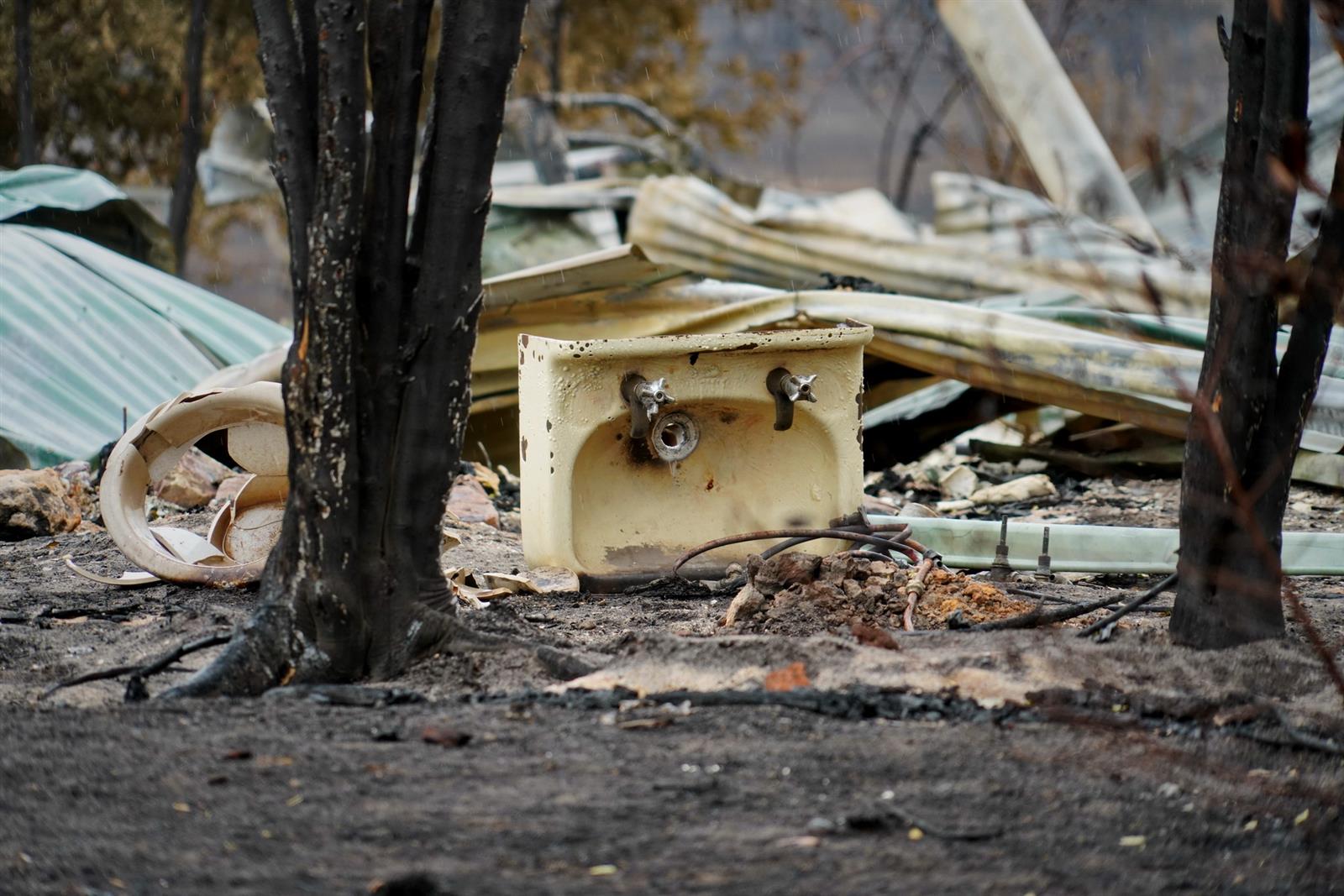
Science is helping to shape the way Australia can better prepare for devastating bushfire seasons.
A wide-ranging Black Summer research program was carried out by Natural Hazards Research Australia and the Bushfire and Natural Hazards Cooperative Research Centre in the years since the 2019-20 fire season, with support from CFA and the Australian Government.
The program drew on the expertise of Australia’s best fire and climate scientists, human geographers, land managers and public health and recovery experts at 28 research institutions, First Nations organisations and fire and land management agencies.
A new report, Understanding the Black Summer Bushfires Through Research, summarises the research findings from 23 projects, including research in collaboration with CFA.
It presents an integrated view of the way forward from the fires, including exploring why the 2019-20 fire season was so devastating, what new capabilities can be implemented and how Australia can best learn from its worst fire season on record. The report and an accompanying Hazard Note (research briefing paper) are available at naturalhazards.com.au/black-summer.
Insights from the research provide Natural Hazards Research Australia partners in government, fire and emergency management agencies and community organisations with an up-to-date scientific basis to make decisions about how best to allocate resources, manage the environment and help communities prepare, respond and recover.
Some projects focused on what could be learned at a national level, while others analysed specific fire behaviour or technology in Queensland, New South Wales, Victoria, South Australia and Western Australia.
CEO Natural Hazards Research Australia Andrew Gissing said that although the research was based on the issues of the 2019-20 fire season, the findings could be applied to management, safety and community resilience for all natural hazards around Australia.
“This is vital new Australian science about how to keep our landscapes and people safe from bushfire,” Andrew said. “Our fire seasons are getting longer and dangerous bushfire days are becoming more frequent. We need to be smarter and use this new scientific knowledge and research to improve the ways we live with fire.
“The 2019-20 bushfires were long and challenging. This research has improved our understanding of how the extremely dry conditions and record-breaking temperatures impacted our weather in ways that previously were not as well understood.
“This research will guide how bushfire risk can best be managed through better science, policy and practices. The strength of the science was its multi-disciplinary approach that will lead to action – better bushfire modelling, better warnings, better land management including enabling cultural fire and better recovery after a disaster for those affected will come from this research.”
Commenting on the benefits of the Black Summer research program in the report’s introduction, Sarah Harris, Manager of Research and Development at CFA, reiterated the importance of sector partnerships to keep communities safe from bushfire.
“The collaboration between the Bushfire and Natural Hazards CRC, researchers and agencies was essential to ensure the research needs of the agencies were understood. I think it’s important that project teams work together and share data and knowledge to build a complete picture of Black Summer.”
| Submitted by |
Natural Hazards Research Australia |